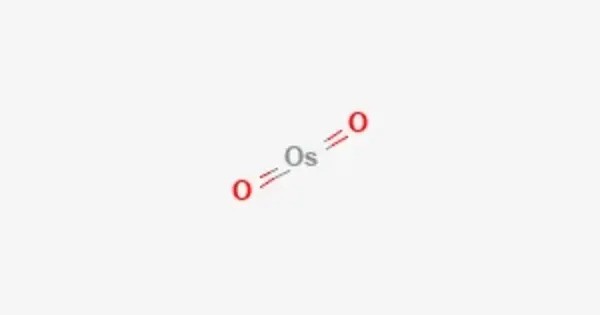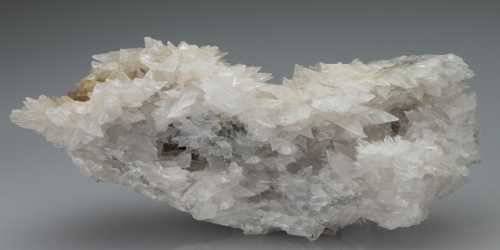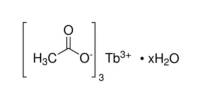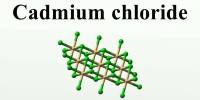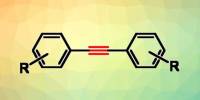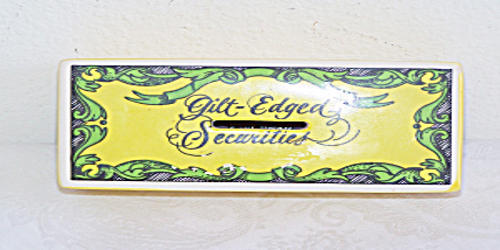Osmium dioxide is an inorganic compound with the formula OsO2. It exists as brown to black crystalline powder, but single crystals are golden and exhibit metallic conductivity. It is a compound of osmium, a dense, blue-gray metal that is one of the heaviest naturally occurring elements.
Osmium dioxide is the oxide of osmium in its +4 oxidation state, and it is a highly interesting and useful substance in various fields of chemistry. The compound crystallizes in the rutile structural motif, i.e. the connectivity is very similar to that in the mineral rutile.
Properties
Osmium dioxide has a characteristic dark blue or blue-black appearance. It has a high density, consistent with osmium’s own dense nature. The melting point is relatively high, as expected from its metal oxide nature, but precise values can depend on the structure.
- Chemical formula: OsO2
- Molar mass: 222.229 g/mol
- Appearance: black or yellow brown
- Density: 11.4 g/cm3
- Melting point: 500 °C (932 °F; 773 K) (decomposes)
Preparation
OsO2 can be obtained by the reaction of osmium with a variety of oxidizing agents, including, sodium chlorate, osmium tetroxide, and nitric oxide at about 600 °C. Using chemical transport, one can obtain large crystals of OsO2, sized up to 7x5x3 mm3. Single crystals show metallic resistivity of ~15 μΩ cm. A typical transport agent is O2 via the reversible formation of volatile OsO4:
OsO2 + O2 ⇌ OsO4
Synthesis
Osmium dioxide is usually synthesized by the controlled oxidation of osmium metal or osmium tetroxide under specific conditions. It can also be obtained by heating osmium metal in an oxygen-rich environment.
Applications
- Catalysis: Osmium dioxide is sometimes used in catalysis, particularly in reactions involving the transformation of organic molecules.
- Research: Due to its unique electronic properties, it is of interest in various research fields, especially in materials science and the study of transition metal oxides.
- Electronics: In some high-tech applications, osmium compounds like osmium dioxide are explored for their potential use in electronic devices due to their conductive and catalytic properties.
Reactions
OsO2 does not dissolve in water, but is attacked by dilute hydrochloric acid. The crystals have rutile structure. Unlike osmium tetroxide, OsO2 is not toxic.
